Original in thought, presentation, and production, and unfettered by criticism, festivals and their presentations are usually inventive and novel. They are free of criticism and hence, the perfect ground for presenting experimental creations. Therefore, it is almost imperative to dedicate platforms and events to showcase new works by both upcoming and established designers. A design festival in France that caters to this niche is Design Parade. Founded by Jean-Pierre Blanc in 2006 and presided over by Pascale Mussard, the event is held across two locations in France, Hyères and Toulon. It was initially established as Design Parade Hyères and was dedicated to bringing together contemporary design creations at designated locations and presenting them to professionals and design enthusiasts. Ten years after the establishment of the festival, a new iteration called Design Parade Toulon, dedicated to interior design was launched. Ever since both events have been simultaneously held at Hyères and Toulon. Design Parade combines competitions and exhibitions to give form to a unique, one-of-a-kind French fair. This event that mostly caters to both product design and interior design innovations is organised by Villa Noailles at both Hyères and Toulon. Apart from serving as a point of contact for all designers and design enthusiasts, these events also present the opportunity to discover the distinct heritage of both towns, which cohesively offer a view of the decorative and architectural wealth of the Var region in France.
The 2022 edition of the Hyères festival took place from June 25 to September 4, 2022, and marked its 16th edition. It presented experimental works by ten designers and offered them unique visibility and support in the design fraternity. Additionally, exhibitions curated by stalwarts from the creative industry also made a presence at the fair.
Dedicated to presenting new designs and offerings by lesser-known designers still in the early stages of their careers, Design Parade Hyères is largely dominated by the showcase of ten shortlisted creatives. This year’s line-up included Jessica Boubetra, Robin Bourgeois, Stéven Coëffic, Camille Chapuis & Céline Déprez, Laura Lukas Dominici, Kevin Gouriou, Jonas Hejduk, Claire Pondard & Léa Pereyre, Marion Talou, and Samy Bernoussi , Teddy Sanches, Abdoulaye Niang & Zakari Boukhari. This selection was made by a remarkable jury of creatives involved in the French design scene. These include president of the jury and a guest of honour, Ineke Hans, who is a Dutch designer based in Arnhem and Berlin; Kim Colin, a designer at Industrial Facility Studio in London; Paris-based designer Inga Sempé; Tulga Beyerle, director of the Museum für Kunst und Gewerbe in Hamburg; Jana Zielinski, director of Designblok in Prague; Johanna Agerman Ross, curator of Twentieth Century and Contemporary Furniture and Product Design at the Victoria & Albert Museum and founder of Disegno magazine in London; Charlotte de La Grandière, artistic director and founder of Rue Herold, Paris; Barbara Minetto, General Manager, Magis, Torre di Mosto; Jacques Averna & Cécile Canel, French designers and laureates of the Grand Prix Design Parade Hyères 2021.
STIR offers a comprehensive overview of the ten designers shortlisted for the Grand Prix Design Parade Hyères 2022 award at the design fair.
Jessica Boubetra presented three prototypes of seats made out of printed ceramic, Coriolis, Polypode and Toronto. Each seat was built using different approaches. Designed using parametric modelling software and crafted using the 3D printing technique, these pieces were finished by hand. Each piece fulfils decorative and functional roles. The Coriolis stool features a series of waves on its surface, while the Polypode stool is a mix of ceramics and lightweight aluminium. Toronto is a ceramic adaptation of a chair that was mass-produced in Canada during the 1970s. “The enhancement of this object through printed ceramics makes it unique. It poetically confronts the industrial design productions with the craft design ones that co-exist within the same object,” Boubetra says.
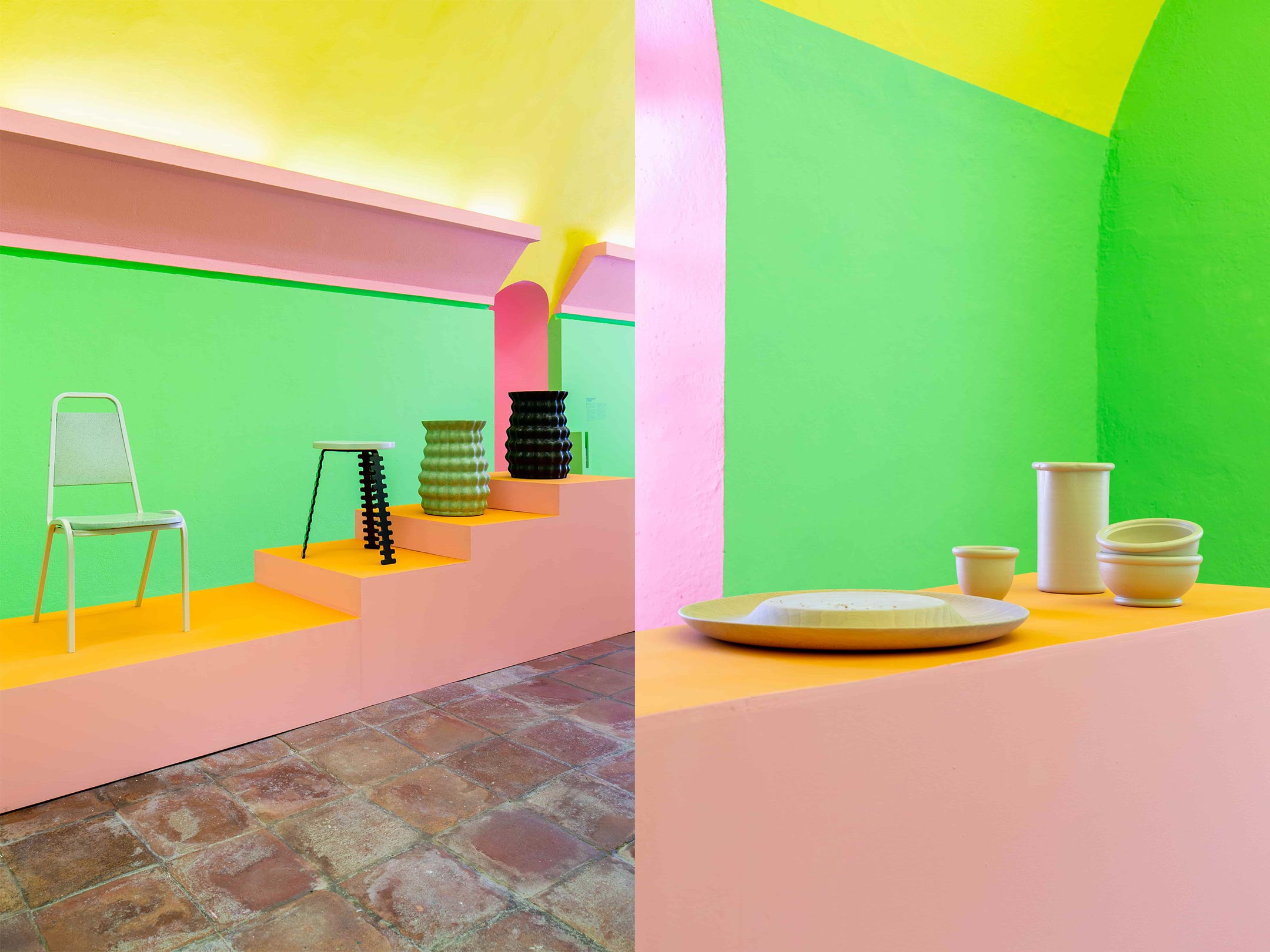
French designer Robin Bourgeois, on the other hand, drew on archaic forms and forgotten lifestyles as the inspiration behind his collection called À hauteur d’assise, which comprised a bench, rug, water vessel and breadboard. Built using contemporary materials, À hauteur d’assise is an attempt at reinventing modest everyday objects in a way that appeals to contemporary culture and celebrates traditional ideas. “Far from advocating a monastic life for everyone, the project intends to reintroduce the heritage of the monks into our time,” Bourgeois explains. Through his design, he conveys the traditional idea of maintaining the "liveable minimum", that is, what is necessary to live, instead of seeking objects for vanity.
Stéven Coëffic’s Un moment de distraction fonctionnelle is, once again, designed to inhabit homes. But instead of making use of the generic style associated with homeware items, Coëffic modifies the items to elicit a curious response. Both the appearance and the method of usage of Coëffic’s creations differ from the usual. For instance, his lamp must be tilted to light it up, and his storage chest can be opened when a connection point is established between the individual elements of the object. By crafting designs that rely on simple gestures to open up and operate, he makes the process of using these items fun. “Their simplified forms contrast with the singularity of materials such as earthenware, glass, or mahogany. They are low-tech objects that do not require electronics and rely on more or less simple mechanisms,” Coëffic asserts.
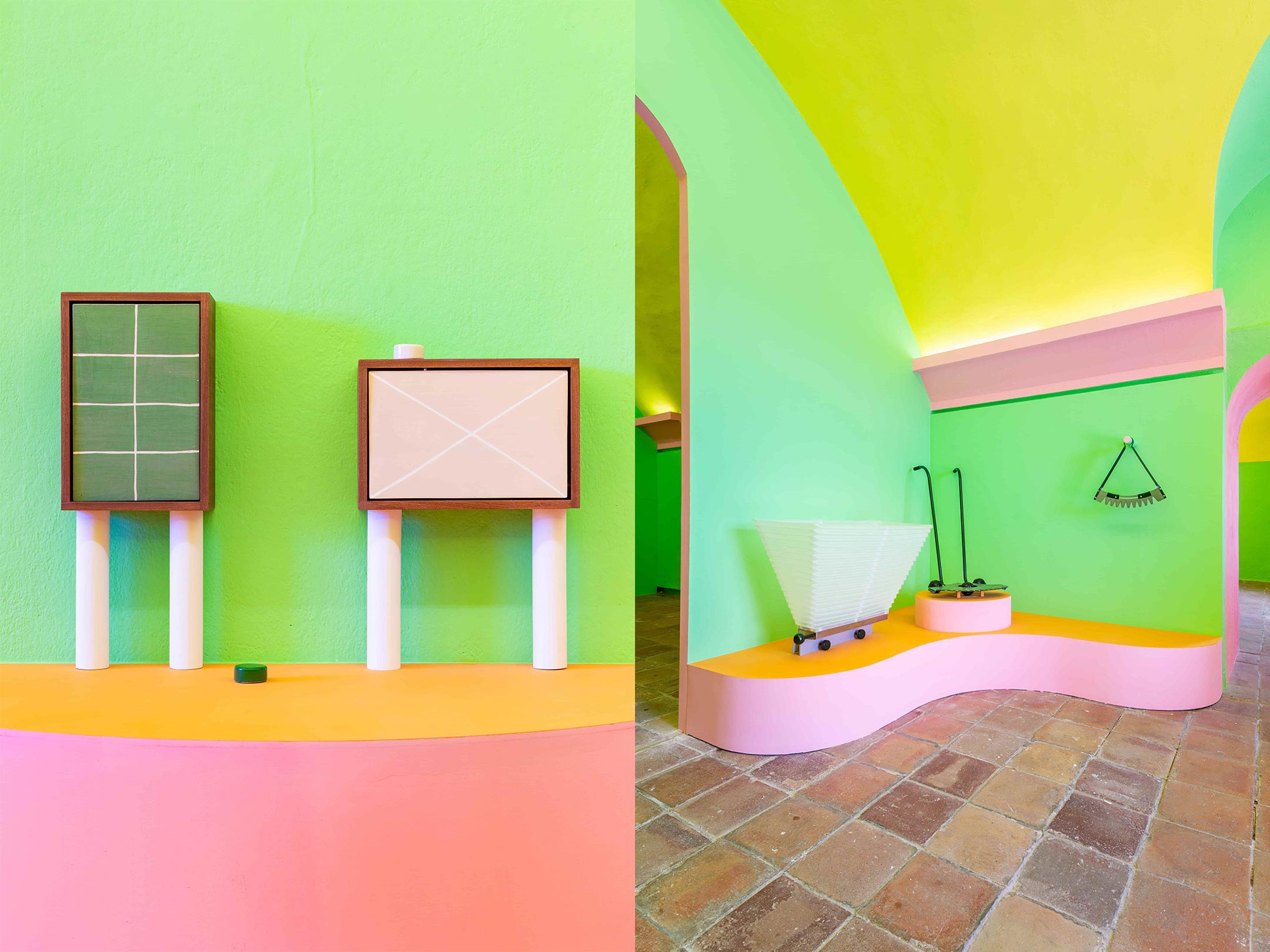
French design studio Supersolide’s Camille Chapuis & Céline Déprez pay special attention to mindfully extending the usable lifespan of everyday objects, and reducing the resources that go behind building them. At the fair, they showcased an array of robust and attractive objects called Outils de jardin, which facilitates conscious consumption. By developing three silent and motorless garden tools that can mow, trim and chip the lawn grass, hedge and the previously cut grass waste respectively, they aim to reduce noise pollution, while also reducing the level of labour that is usually employed to tame a garden.
Laura Lukas Dominici, a designer from Austria, presented Magic Tapestry at the fair. Explaining the idea that guides Dominici’s creative process, she says, "I design a slow world as an alternative approach to life. In my work, I deal with fantasy and inefficiency—both in the process of making and in the finished object.” She builds utopian objects that prompt imagination amongst the viewers. Her Magic Tapestry is a portable personal space that can unfold to form a workplace with a domestic feel. The tapestry-like portmanteau can be spread out to mark a space, and hence, serve as a substitute for a room.
Kevin Gouriou’s Léonie is an electric scooter that the designer built for his grandmother. Spacious enough to hold her shopping bags, the scooter is sleek enough to be used across different terrains. “The idea of this system comes from the farm tools hooked to the back of tractors,” explains Gouriou. The large wood floorboard supported on three wheels makes it easy to get on and off the vehicle effortlessly. “What my grandmother likes most is the air of Vespa her scooter has, making her forget she is 86 years old,” the designer fondly recollects.
crash.jpeg by Jonas Hejduk is an experimental presentation that aims to disband hierarchies between popular and intellectual cultures through humour. The juxtaposition of the ordinary alongside the extraordinary and humour alongside social reflection makes this an interesting piece that requires time to observe, grasp, and interpret. In contrast to the lightning-fast progress of technology that will soon enable the viewing of extremely high-quality videos on the go, Hejduk imagines a meteorite crashing onto the earth and impacting the streaming quality of everything we view online. Against this narrative, he presents a tangible object called Fuzziness, which is a shapeless, unreadable, and defective matter. By making the loading process tangible, crash.jpeg questions the value of digital sharing and enhances the idea of degrowth. Hejduk delineates the intention behind this project, "The low-resolution images turned into objects spark off a critical look at the way our contemporary tools align our perceptions with the prevailing ideological paradigms,” he says.
Claire Pondard & Léa Pereyre, based in Switzerland and France, bring Anima II to the fair. "Our projects respond to a digital age in constant evolution. We observe and question our interactions with technology by exploring new scenarios with connected objects. With a sensitive and poetic approach, we care about materialising our digital environment," the designer duo explains the idea that guides their work. Their latest, Anima II, is an attempt to enable non-technical people to access tools for robotic animation. Built-in collaboration with the Robotics Aesthetics and Usability Centre and the Zoological Museum, both located in Zurich, the design is a product of research centred around robotics and abyssal creatures.
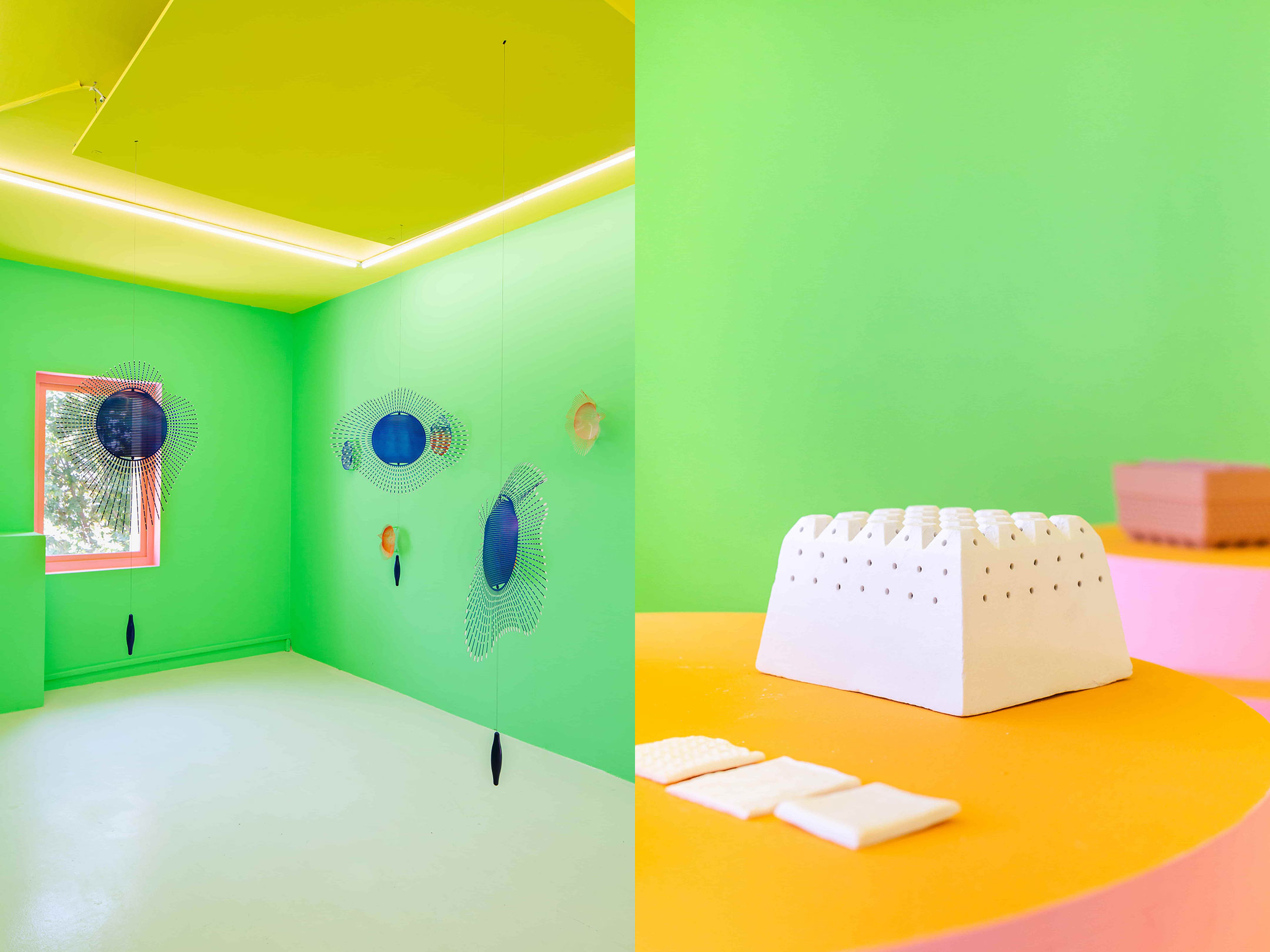
With La Part du Porteur, Marion Talou, a former architect turned designer, attempted to elicit introspection from the audience. The cheese mould presented by him serves as an example of man’s current relationship with other living beings, as well as production and consumption techniques. "The moulding techniques have been rationalised, the milks are pasteurised then doped with additives, and most of the cheeses have become laboratory dairy objects. As for traditional producers’ cheeses, they are now seen as luxury products. "By borrowing from industrialists the production in individual portions, the part of the carrier tends to democratise the cheese made with care," Talou explains. He believes that this method will offer calibrated products, thus making it possible to predict the price of individual portions and facilitate small-scale production. Keeping in line with his ethics, Talou chose locally sourced terracotta as the material to build the cheese moulds.
Samy Bernoussi, Teddy Sanches, Abdoulaye Niang & Zakari Boukhari of hall.haus came together to present Curry Mango, an armchair that is a hybrid of many seating objects, such as the folding camping armchair Quechua from Decathlon and the iconic industrial design object Wassily. "Our name refers to the Bauhaus School. From this school arose the standardisation and the rationalisation that has given access to comfort to the greatest number. Continuing the back and forth between environments that have become distant, we want to revive this beautiful intent through Curry Mango," says a statement by the studio.
In addition to a comprehensive showcase of the ten shortlisted designers at the fair, Design Parade Hyères hosts a series of immersive exhibitions. These include Ineke Hans’s Frugal & Fun; Grand Prix Design Parade Hyères 2021 lauréates Cécile Canel’s Planisphère céleste and Jacques Averna’s vases; Damien Poulain’s Série Kitchen; Objets modernes' exhibition comprising works by 14 artists; François Champsaur’s revitalised boutique space to celebrate Villa Noailles’ centenary; Adrian Geller’s Jardin intérieur, amongst others. Frugal & Fun by Ineke Hans, who is also the president of the jury at the festival, is a collection of different works that Hans has produced over the years. They are accompanied by films and animations that showcase parts of her process that are not always visible. Her presentation includes furniture design creations as well as quilt and crochet pieces. Planisphère céleste by Cécile Canel is a presentation of the starry sky at different latitudes. On the other hand, Jacques Averna’s vases are arranged in a configuration that allows liquid to flow from one vessel into the other.
This exposition of objects offers a view into both the pragmatic and experimental extent to which the designers can stretch themselves. A curation of functional objects and spaces against more artistic and experimental exhibits presents the right balance of emotion and logic, pragmatism and creative flair.






 Sign in with email
Sign in with email


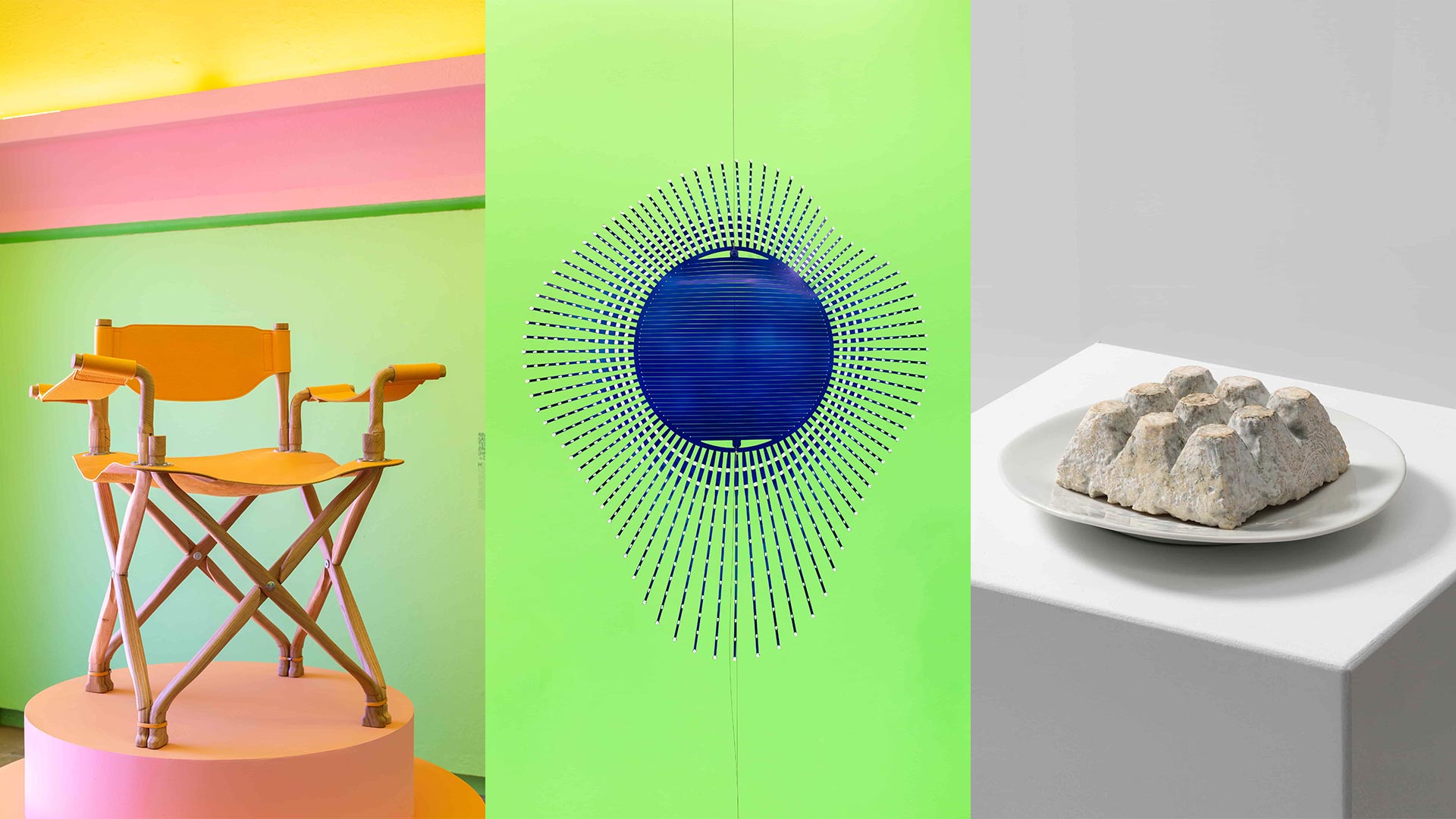
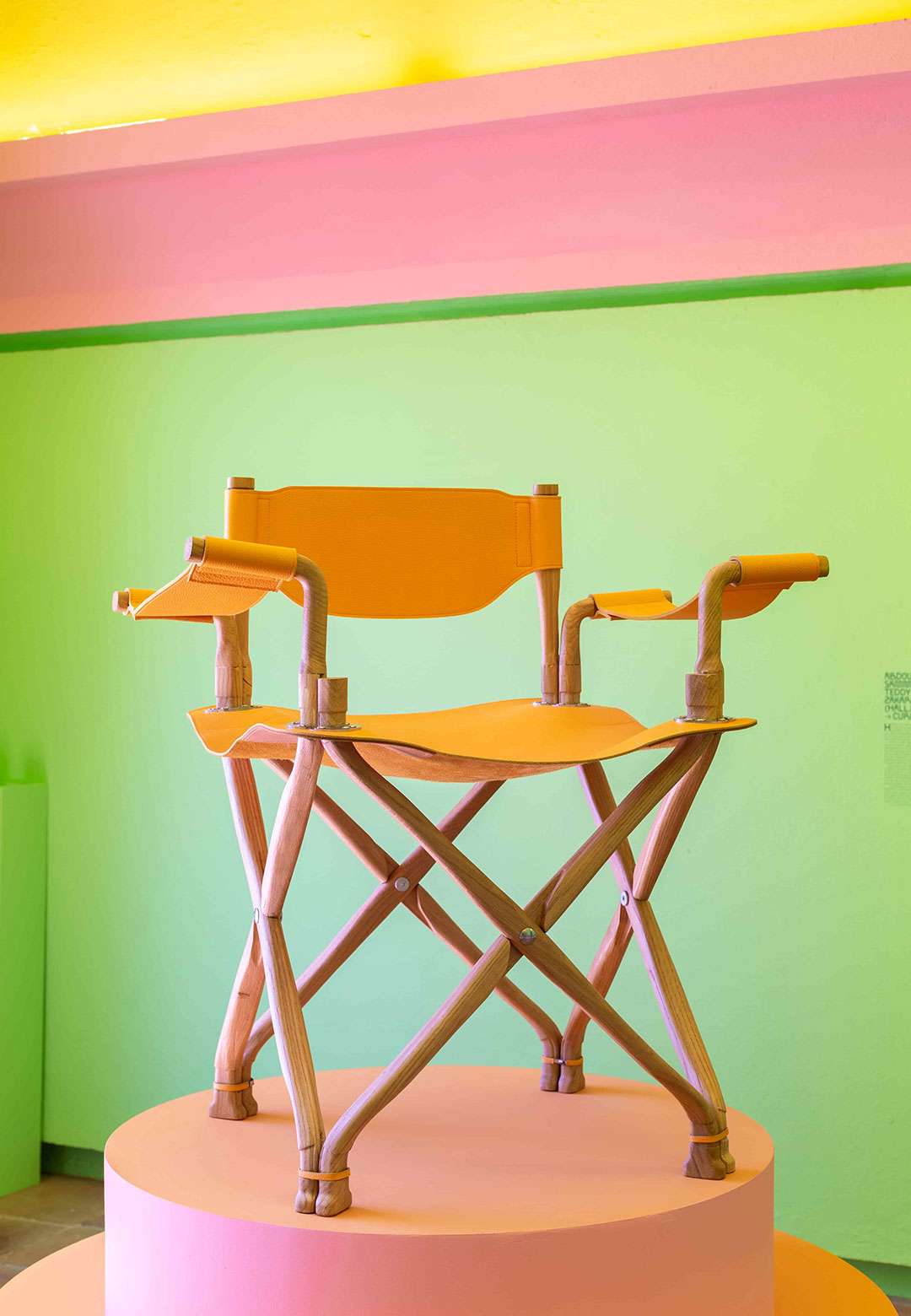
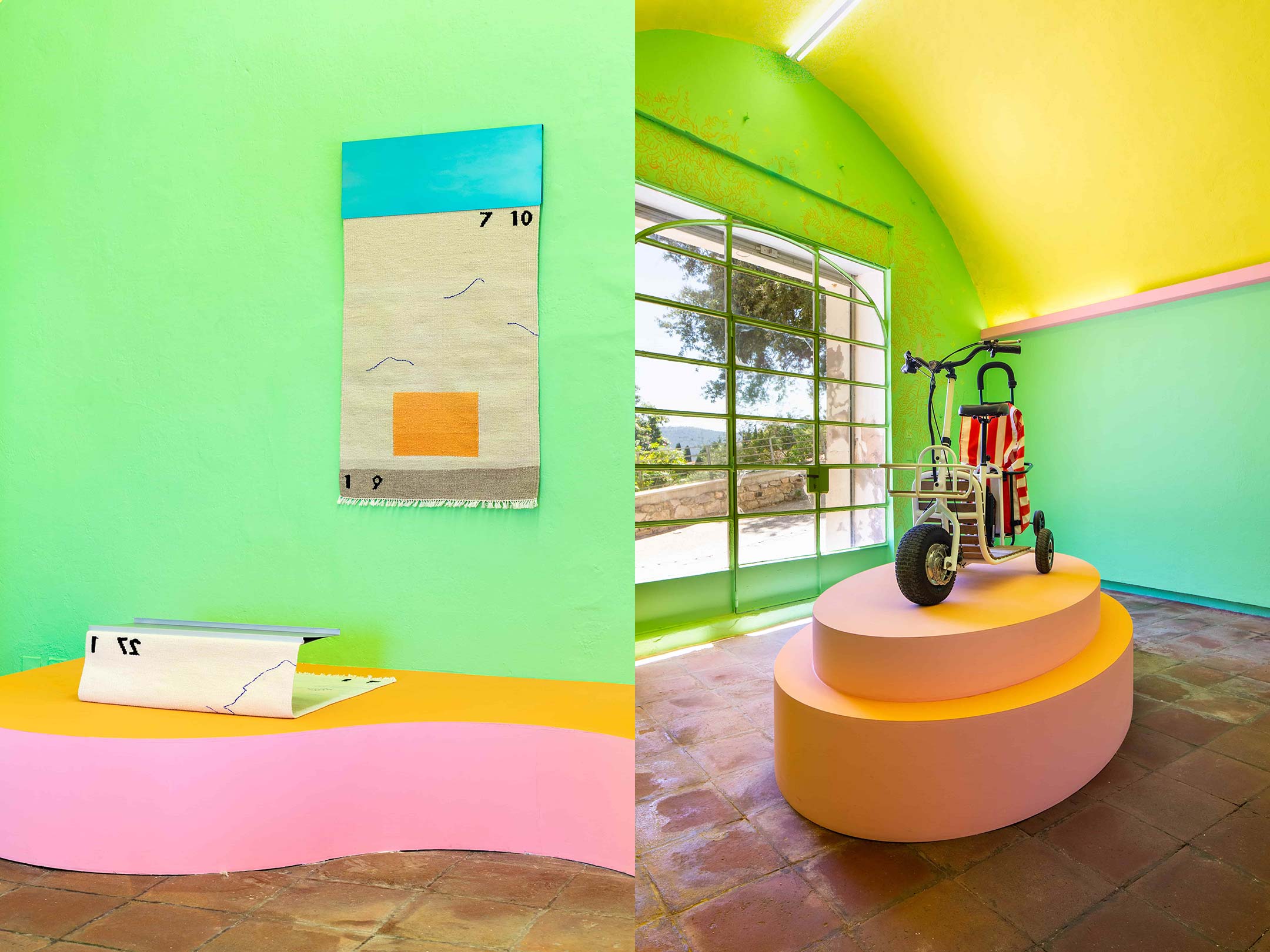
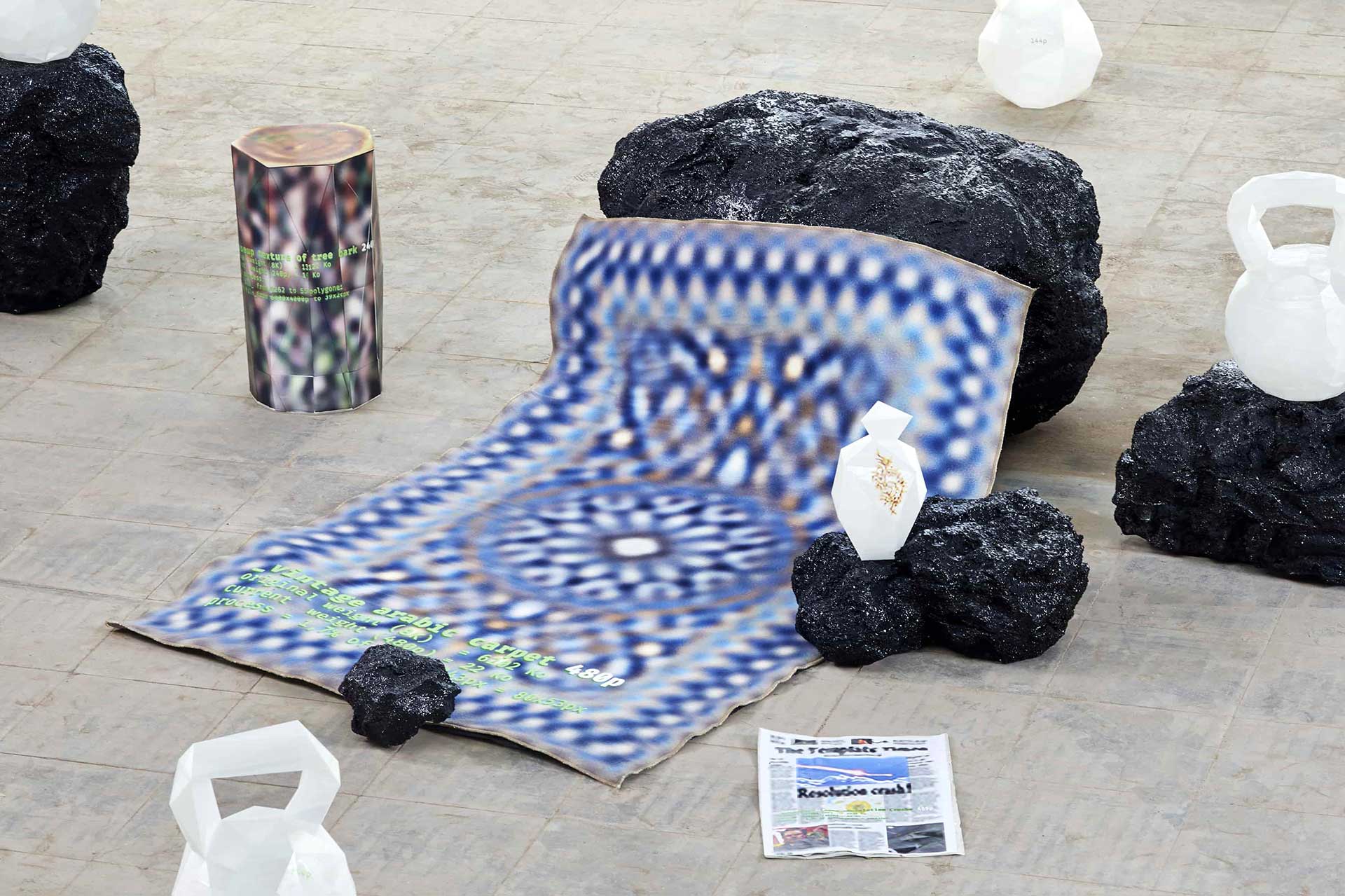
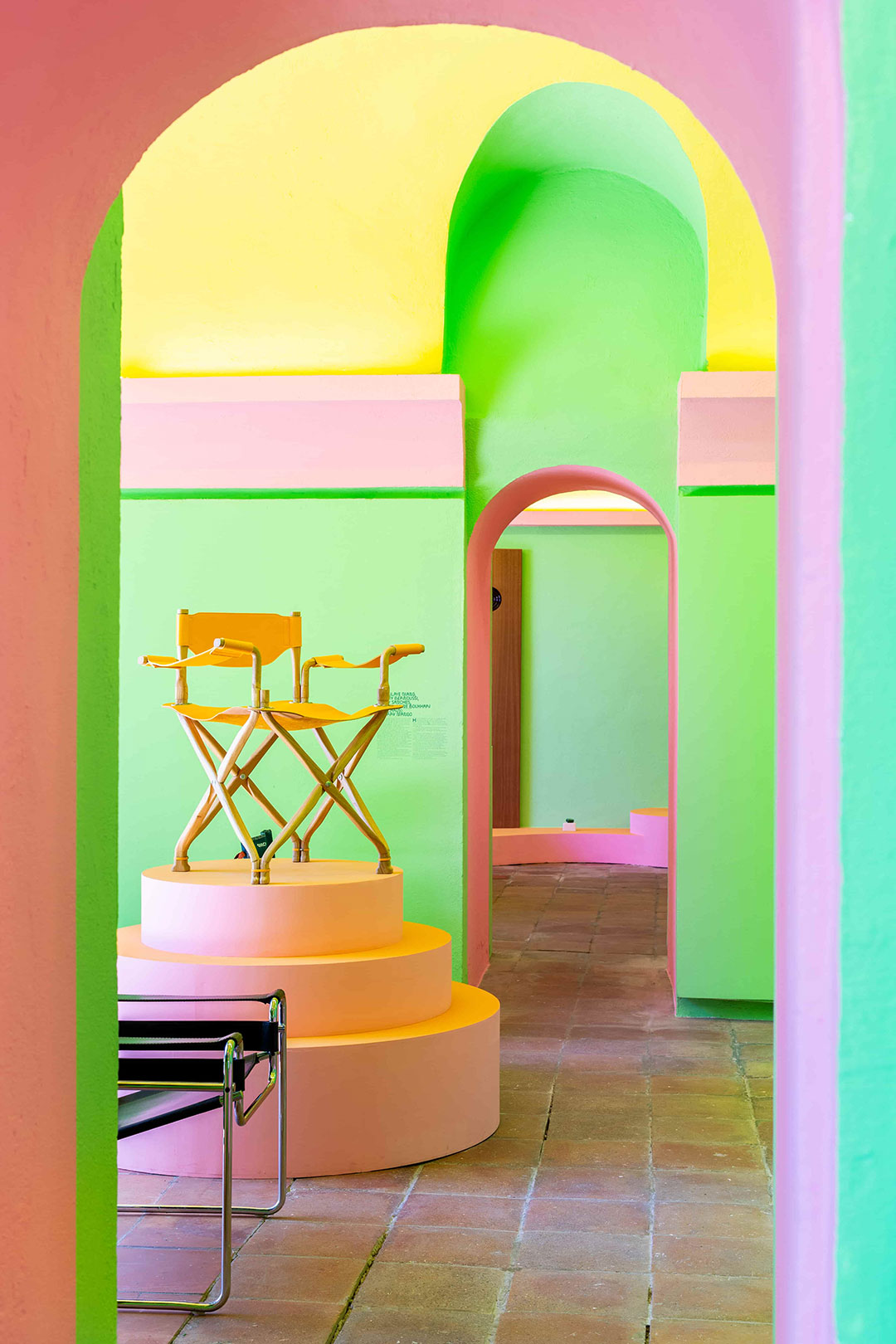
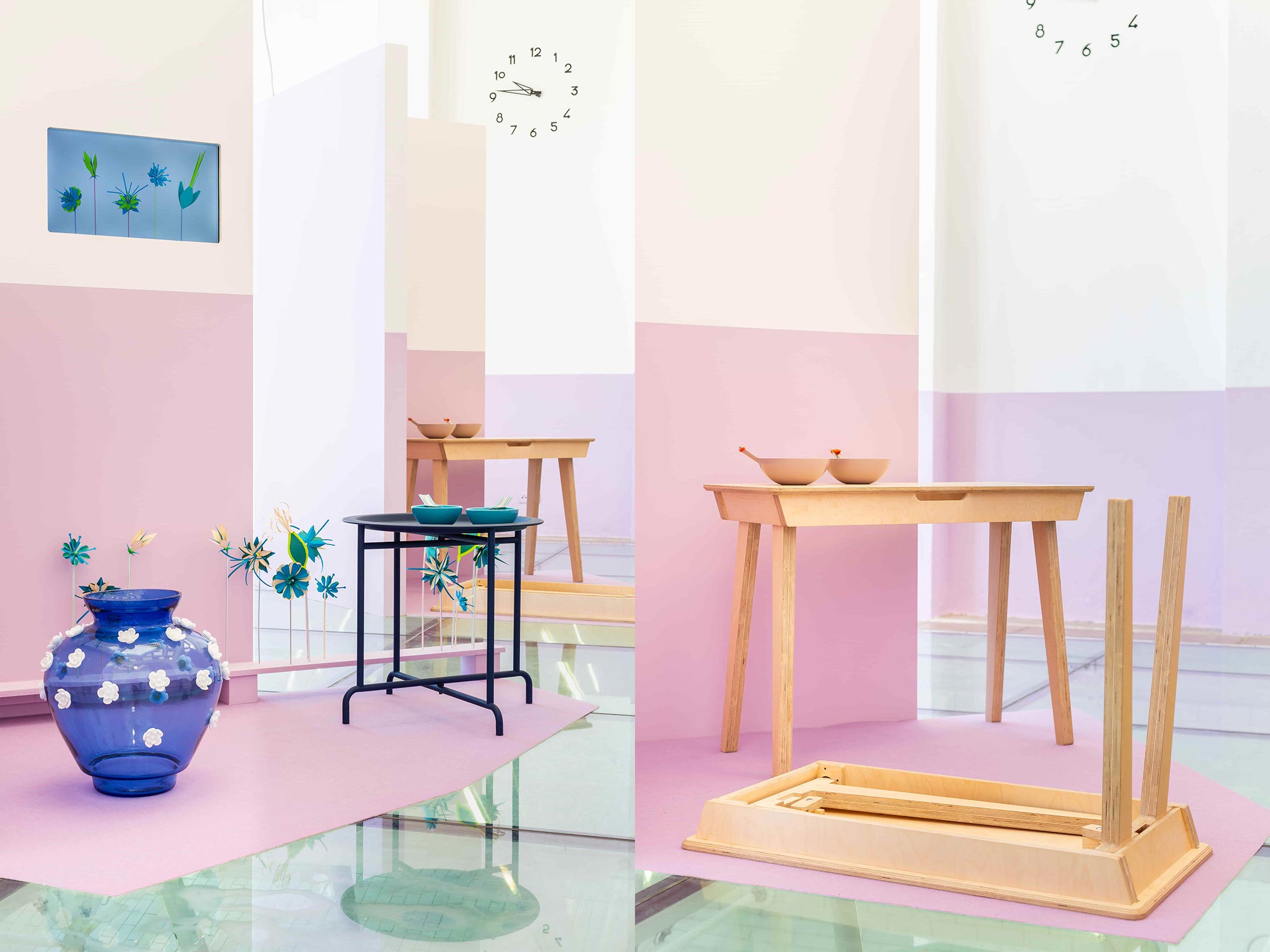






What do you think?